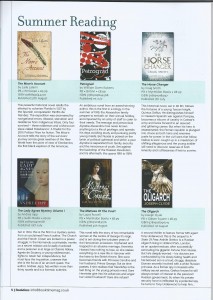 Leo Rawlings
Leo Rawlings
And the Dawn Came Up Like Thunder is the experience of an ordinary soldier captured by the Japanese at Singapore in February 1942. Leo Rawlings’ story is told in his own pictures and his own words; a world that is uncompromising, vivid and raw. He pulls no punches. For the first time cruelty inflicted on the prisoners of war by their own officers is depicted as well as shocking images of POW life. This is truly a view of the River Kwai experience for a 21st Century audience.
The new edition includes pictures never before published as well as an extensive new commentary by Dr Nigel Stanley, an expert on Rawlings and the medical problems faced on the Burma Railway. More than just a commentary on the history and terrible facts behind Rawlings’ work, it stands on its own as a guide to the hidden lives of the prisoners.
Most of the pictures are printed for the first time in colour as the artist intended, bringing new detail and insight to conditions faced by the POWs as they built the infamous death railway, and faced starvation, disease and cruelty. Pictures such as those showing the construction of Tamarkan Bridge, now famed as the prototype for the fictional Bridge on the River Kwai, and those showing the horrendous suffering of the POWs such as King of the Damned have an iconic status. Rawlings’ art brings a different perspective to the depiction of the world of the Far East prisoners. For the first time the pictures and original texts are printed in a large format edition, so that their full power can be experienced.

| Hardback |
|
240 pages |
| ISBN |
|
978-1-905802-94-4 |
| Release Date |
|
3rd September 2015 |
| Price |
|
£25.00 |
|
|
|
| Ebook |
|
978-1-910183-05-2 |
 Excellent to see two of Myrmidon’s latest releases in this month’s issue of Book Time: a free magazine from Bertrams that is distributed to indie bookshops throughout the UK.
Excellent to see two of Myrmidon’s latest releases in this month’s issue of Book Time: a free magazine from Bertrams that is distributed to indie bookshops throughout the UK.


